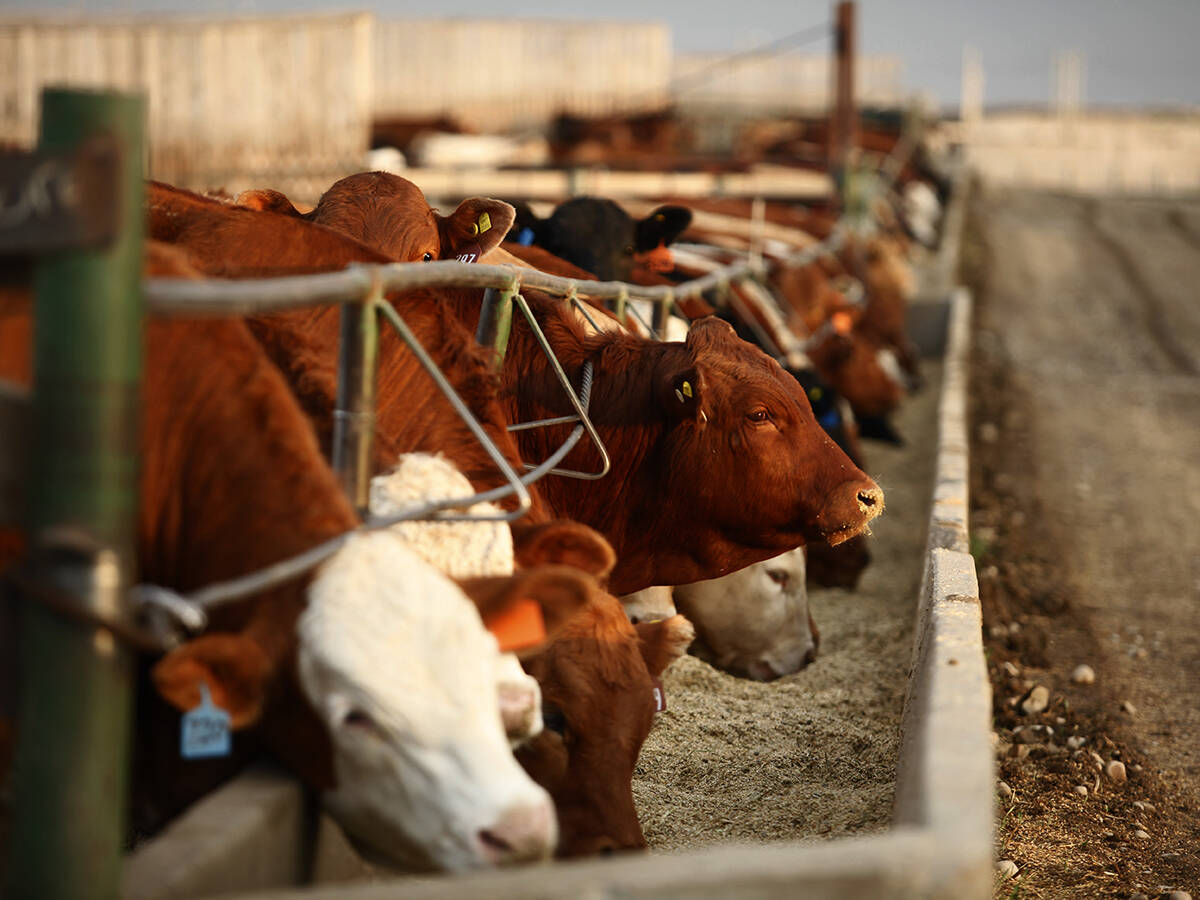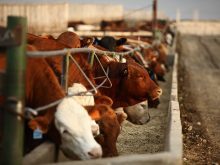Retailers catering to the Hispanic consumer market in the U.S. are invited guests of Canada’s Beef Information Centre at a series of seminars in the next few months.
In a release Friday, the centre outlined its plans to “educate and engage Hispanic retailers about the Canadian Beef Advantage,” or CBA, as it relates to specific beef cuts that are overlooked in the Canadian retail sector.
As well, the centre said it plans to provide the technical background that “will strengthen the retailer’s position as an outlet for an exceptional quality beef line.”
Read Also

U.S. livestock: Cattle extend gains on improving cash prices, packer demand
Reuters — Chicago Mercantile Exchange live cattle futures set a three-week high and feeder cattle hit their highest level in…
BIC said it recently hosted the first such seminar for an audience of Hispanic retailers in the Chicago area, and focused on “providing technical and other information related to CBA attributes, and the quality and economic advantages that Canadian beef represents for Hispanic consumers in the area.”
BIC, in partnership with Hispanic beef distributor Amigo Foods, said it sponsored the Chicago seminar in late October for 22 attendees, primarily Hispanic retailers and multi-unit carniceria operations, plus a Hispanic foodservice company.
Geographically, BIC said, Chicago is a “perfect” destination for Canadian beef products, and Canadian plants are capable of maintaining a steady supply of Canadian beef into Illinois.
Chicago has one of the largest Hispanic demographics in the U.S., BIC chairman John Gillespie said — and that, along with the short distance between Chicago and Ontario, makes it an “ideal, reachable market for Canadian beef.”
Cargill Food Distribution Chicago also attended the seminar to promote its Canadian beef line of products, BIC said.
“Variety meats”
A Cargill newsletter last year noted Hispanics as the largest and fastest-growing minority group in the U.S., expected to double to 73 million people between 2000 and 2030 according to U.S. Census Bureau forecasts.
Cargill also cited market research showing the Hispanic population’s buying power nearing US$1.1 trillion next year, roughly 11 per cent of the buying power of the U.S. population.
The company last year rolled out its “Rumba” meat brand, which included fresh “variety meats” such as tripe, kidneys, hearts, sweetbreads and cheek meat.
“Hispanic customers in the Chicago market have likely, at some point, used Canadian beef successfully,” said Gillespie, an Ontario feedlot operator, in the centre’s release. “But they also want to learn about the way Canadian beef would allow them to differentiate their programs beyond a price point.”
Canadian beef producers could thus see better returns for “high quality cuts that are greatly appreciated by the Hispanic community,” Gillespie said.
“Otherwise, the cuts would traditionally be diverted to ground beef and lose much of (the beef’s) potential value in the Canadian market, as Canadian consumption trends do not include thin meats, offal products and some end cuts on a year-round basis.”
Future seminars are set for Sacramento in February and Denver in April, BIC said.














